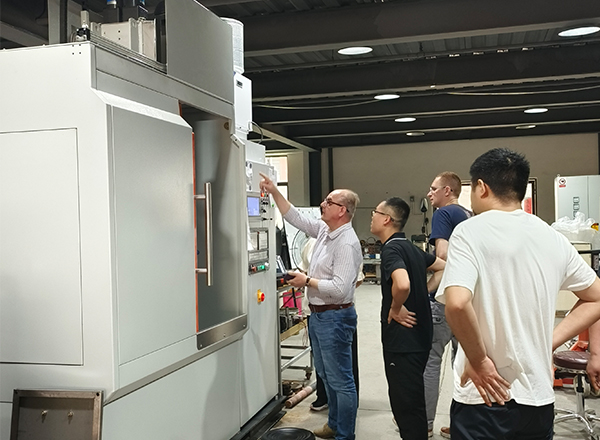
The connecting rod bolt is a fastener that specially connects the bolt head and the screw rod, and is mainly used on the engine. When working, it cooperates with the nut to complete the movement of the piston. During the working process, the connecting rod bolts will be subject to uniform tensile stress and repeated alternating stress. If things go on like this, the bolts will fail or break. According to the working characteristics of connecting rod bolts, they must have high fatigue resistance, tensile strength and yield strength, and good wear resistance and toughness. Therefore, high-quality alloy steel should be selected as the material for making bolts. Technically, quenching heat treatment is carried out by high-frequency induction heating machine to better highlight the mechanical properties of connecting rod bolts.
The production process of connecting rod bolts includes blanking, annealing treatment, processing and forming, quenching heat treatment, grinding treatment, inspection, etc. When the bolt is heat treated, it must be cleaned first, then quenched and heated, and finally cleaned and tempered. During the heating process, the heating medium should not be oxidative, but reductive or medium-sized, so as to avoid oxidation and decarburization of connecting rod bolts, because decarburization will reduce the strength and fatigue resistance of the bolt root. When the high-frequency induction heating machine quenches the connecting rod bolts, it must strictly follow the standard heating temperature and holding time, and it should not be too high or too long, otherwise it will directly affect the fatigue strength and service life of the bolts. Before selecting the raw material, check it first to prevent the strength of the bolt from being reduced due to uneven material structure or low hardness. After quenching, it is necessary to carry out tempering treatment in time, and it must be sufficient to avoid the hardness of the thread root of the connecting rod bolt from being too high and causing fracture. After the entire heat treatment process is completed, the corresponding equipment or instruments should be selected for quality inspection.




 en
en  cn
cn  jp
jp  ko
ko  de
de  es
es  it
it  ru
ru  pt
pt  vi
vi  th
th  pl
pl 



















